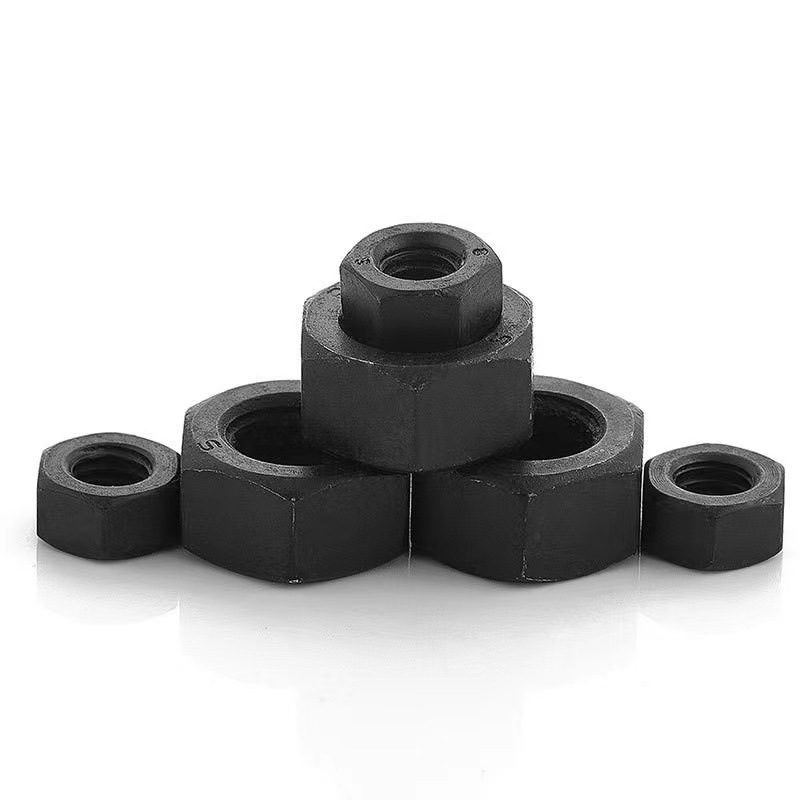

Understanding the Diameter Specifications for Self-Tapping Screws in Various Applications
Dec . 31, 2024 03:46 Back to list
Understanding the Diameter Specifications for Self-Tapping Screws in Various Applications
Understanding Self-Tapping Screw Diameter A Comprehensive Guide
In the world of construction and DIY projects, self-tapping screws are invaluable tools that simplify fastening tasks. Unlike traditional screws, self-tapping screws are designed to create their own hole as they are driven into materials. This feature not only saves time but also enhances the efficiency of various applications. One crucial aspect of using self-tapping screws is understanding their diameter, which plays a significant role in ensuring proper installation and structural integrity.
What is Self-Tapping Screw Diameter?
The diameter of a self-tapping screw refers to the width of the screw shaft, measured at its outermost thread. It is typically expressed in millimeters (mm) or inches, depending on regional standards. The diameter is a critical factor to consider when choosing a screw for a specific material and application. A properly sized screw ensures a snug fit in the pilot hole, providing maximum holding power and minimizing the risk of material damage.
Choosing the Right Diameter
Selecting the correct diameter for self-tapping screws is essential. A screw that is too small may not provide adequate holding strength, leading to potential failure. Conversely, a screw that is too large can cause splitting or cracking, especially in softer materials like wood or plastic. Therefore, when determining the appropriate diameter, consider the material you are working with, the load requirements, and the overall design of the project.
For example, in woodworking applications, a diameter of 4 to 5 mm (approximately 8 to 10 in imperial sizes) is commonly used. For metal-to-metal connections, larger diameters, such as 6 mm (approximately 12), may be more suitable to ensure a secure grip. When in doubt, consult the manufacturer's specifications or industry guidelines to find the recommended diameter for your specific application.
self tapping screw diameter

Understanding Thread Types and Their Impact on Diameter
Self-tapping screws come in various thread types, including coarse and fine threads. Coarse threads have a larger pitch and are generally better for softer materials, as they create larger, more aggressive threads that provide enhanced grip. Fine threads, on the other hand, are ideal for harder materials and applications requiring greater precision.
The diameter of the screw can influence the choice of thread type. For instance, larger diameter screws may benefit from coarse threads to improve fastening strength in softer materials. Conversely, smaller diameter screws may perform better with fine threads, providing a tighter fit in denser materials.
The Importance of Material Considerations
Aside from diameter, the material and coating of the screw play a vital role in its performance. Self-tapping screws are often made from steel, stainless steel, or other alloys, and they may feature coatings to resist corrosion. The combination of diameter, material, and coating will determine the screw's overall effectiveness in different environments. For outdoor applications, for instance, stainless steel screws with appropriate diameters can resist rust and degradation, ensuring lasting performance.
Conclusion
In conclusion, the diameter of self-tapping screws is a fundamental aspect that significantly impacts the success of any fastening project. By understanding how to choose the right diameter based on the material, application, and thread type, you can enhance the strength and durability of your work. Whether you're a professional contractor or a DIY enthusiast, taking the time to select the appropriate self-tapping screw diameter will lead to better results and improved structural integrity in your projects. Remember, the right screw can make all the difference in achieving a secure and reliable connection.
Latest news
-
Premium Fasteners Manufacturer | AI-Driven Solutions
NewsAug.01,2025
-
Hot Dip Galvanized Bolts - Hebei Longze | High Strength, Corrosion Resistance
NewsAug.01,2025
-
High-Strength Hot Dip Galvanized Bolts - LongZe | Corrosion Resistance, Custom Sizes
NewsAug.01,2025
-
Best Self Tapping Screws for Drywall - Fast & Secure Installation
NewsJul.31,2025
-
High-Strength Hot Dip Galvanized Bolts-Hebei Longze|Corrosion Resistance&Customization
NewsJul.31,2025
-
Hot Dip Galvanized Bolts-Hebei Longze Metal Products|Corrosion Resistance&High Strength
NewsJul.31,2025

